“It is soothingly chaotic,” the only expression that engulfs the length and breadth of these creations: houses on a tree amidst never-ending waters, a settlement beneath a pyramid suspended in the air, and rooms adorned with loud yet strangely pleasing paintings (something we will discuss at length in this article). Despite these many words, they still do not encompass the entirety of Hassan Ragab’s work.
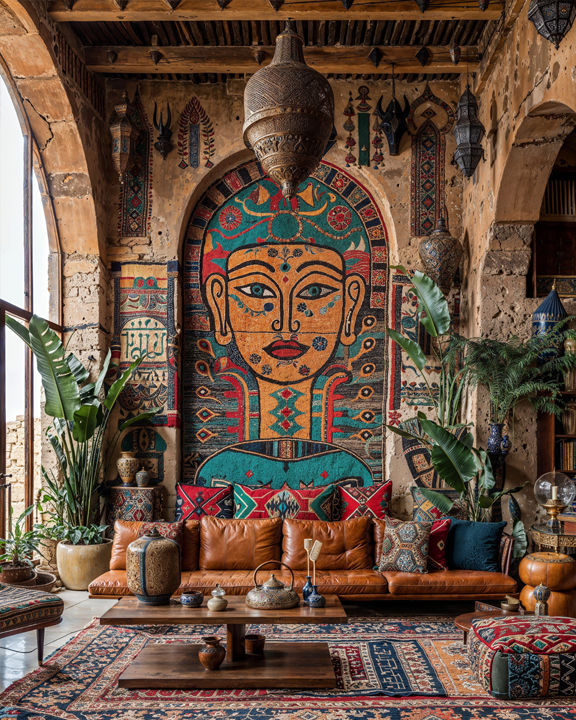
In a world shaped by rapid globalisation and technological abundance, questions about the intersection of identity and technology have become increasingly poignant. At the forefront of this exploration is the conceptual project titled “Identity on the Verge of Collapse” by Hassan, which delves deep into these profound inquiries, challenging conventional notions of identity and beauty through the lens of generative art.

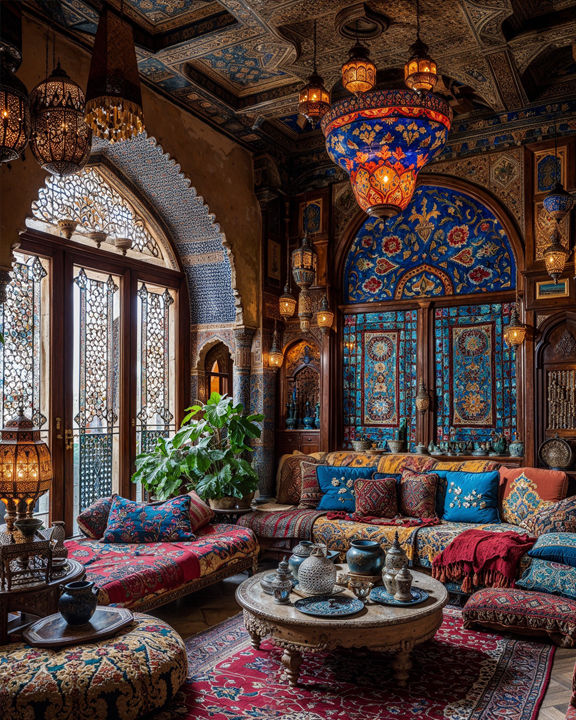
According to Hassan, the initiative aims to provoke contemplation on the very essence of identity: “What is identity? How do we perceive it? What impacts does it have on our visual vocabulary?” These questions serve as the foundational bedrock upon which the project unfolds, pushing boundaries and redefining the parameters of visual representation.
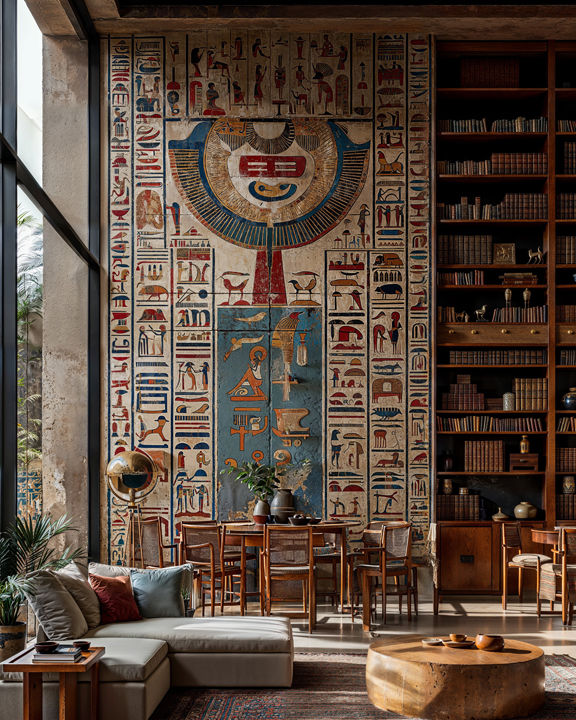
Inspiration for Identity on the Verge of Collapse stems from a multifaceted exploration of historical layers and cultural shifts, particularly focusing on Egyptian identity. This identity is not merely a static construct but a dynamic amalgamation of diverse influences—from ancient Egyptian aesthetics to Greco-Roman and Islamic designs. These influences, influenced by geopolitical and economic factors, collectively shape contemporary visual biases and notions of beauty.
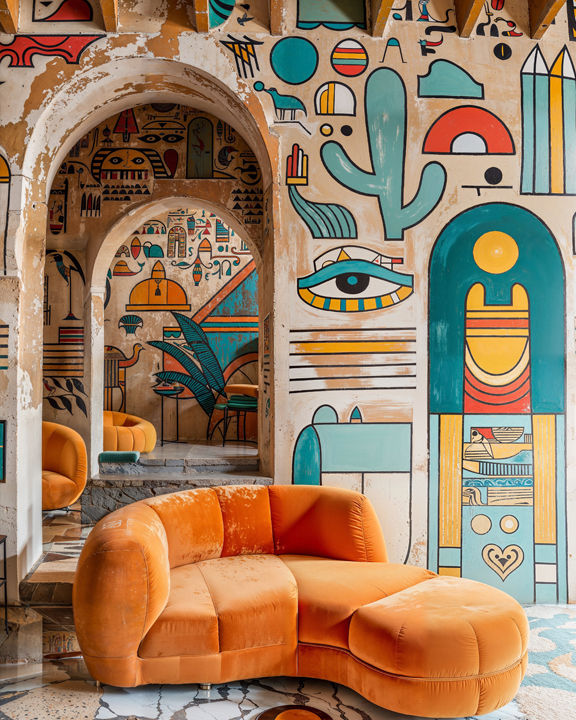
The project harnesses the capabilities of generative tools to deliberately leverage these biases. By utilising AI-generated outputs, the project seeks to construct a modern visual vocabulary that embodies and reinterprets these historical and cultural motifs. This approach not only challenges existing norms but also facilitates a deeper understanding of how technology can reshape and redefine our cultural heritage.
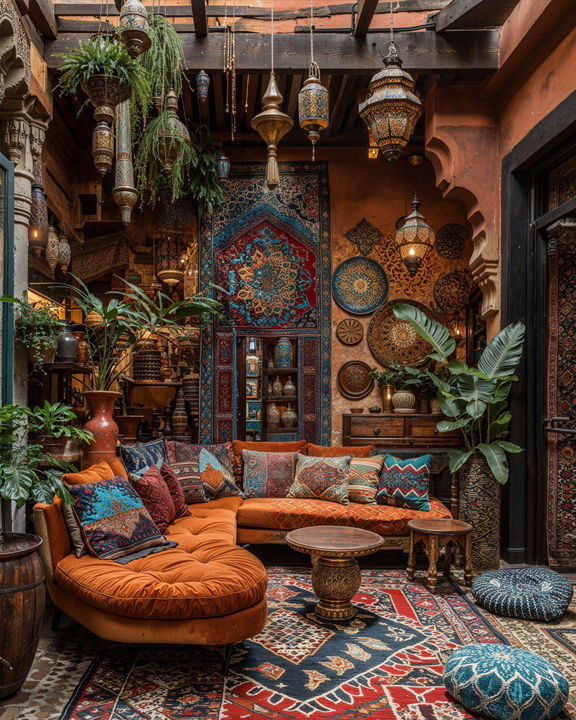
The creative process behind the project is as dynamic as its thematic exploration. Speaking about the methodology, the creator emphasises a blend of rigorous research and experimental iteration: “I don’t have a specific process; it’s more about a lot of research and trial and error.” This organic approach involves concurrently developing multiple concepts, ranging from ancient Egyptian interiors to Greco-Roman and Islamic designs.
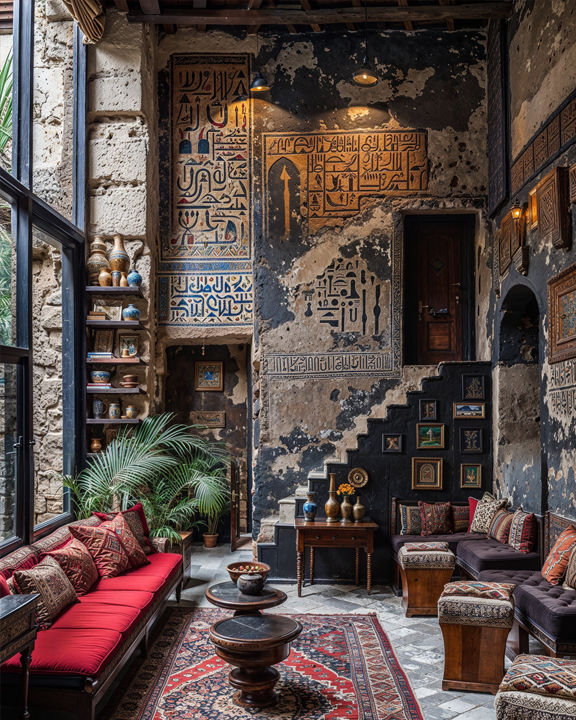
The process culminates in a synthesis of these diverse influences, exploring novel intersections and relationships between different architectural styles and spatial concepts. For Hassan, pre-production stages often involve the creation of 2D collages or basic 3D models, which serve as foundational frameworks for further refinement and exploration.
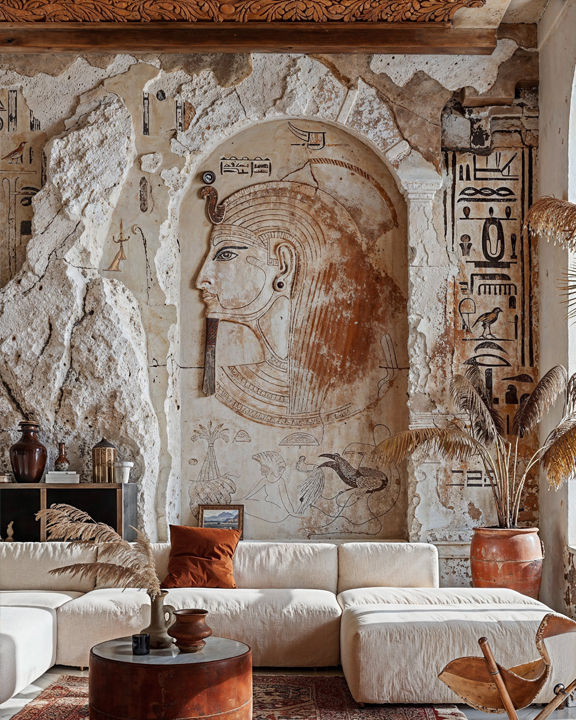
Central to the project’s execution is the integration of artificial intelligence within architectural design. Reflecting on AI’s role, the creator underscores its transformative potential in two pivotal domains: ideation and automation. “There are many ways in which AI can help architectural practice, but I think we can sum them up in two simple words: ideation and automation,” says Hassan. He further adds, “I am more interested in the potential of how AI can radically revolutionise our current architectural vocabulary. This is something that is very hard to achieve, but with these tools, I feel hopeful about it.
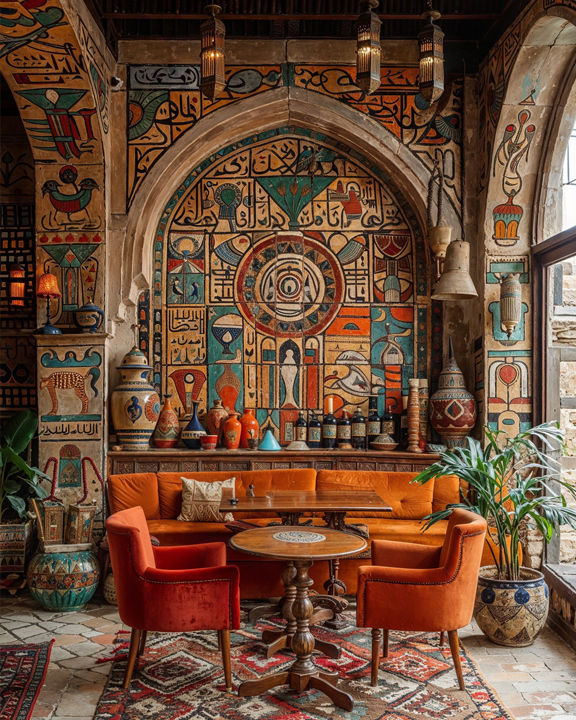
This transformative capability extends beyond mere automation to encompass the generation of entirely novel design possibilities that challenge traditional paradigms.
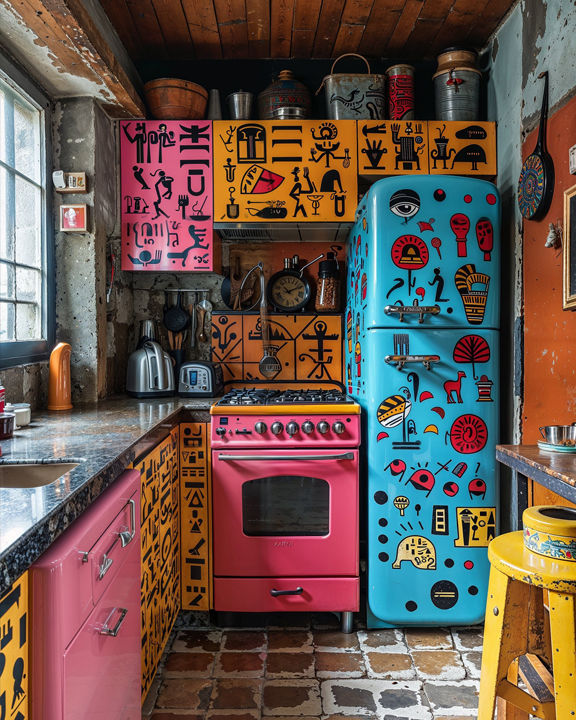
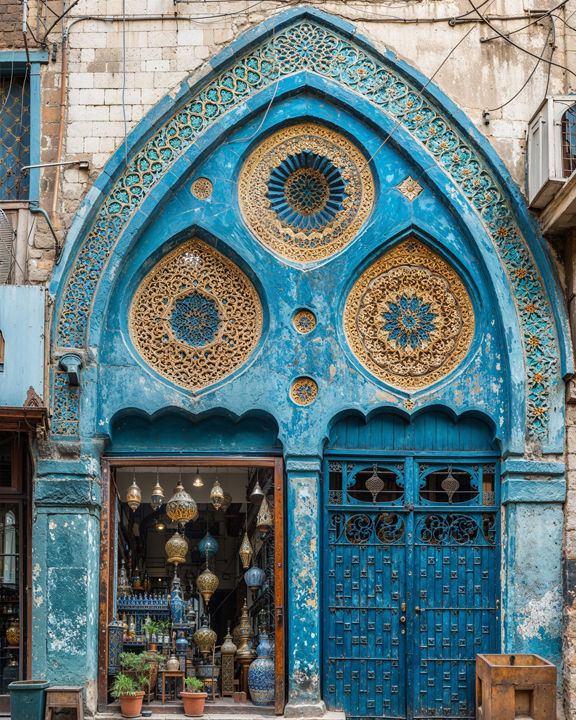
The project not only seeks to redefine architectural aesthetics but also to prompt a broader discourse on the evolving relationship between identity, technology and cultural heritage.
There is more to come. Stay tuned!
Also Read: Tim Fu harnesses AI to design his dream house, inspired by musical instruments
